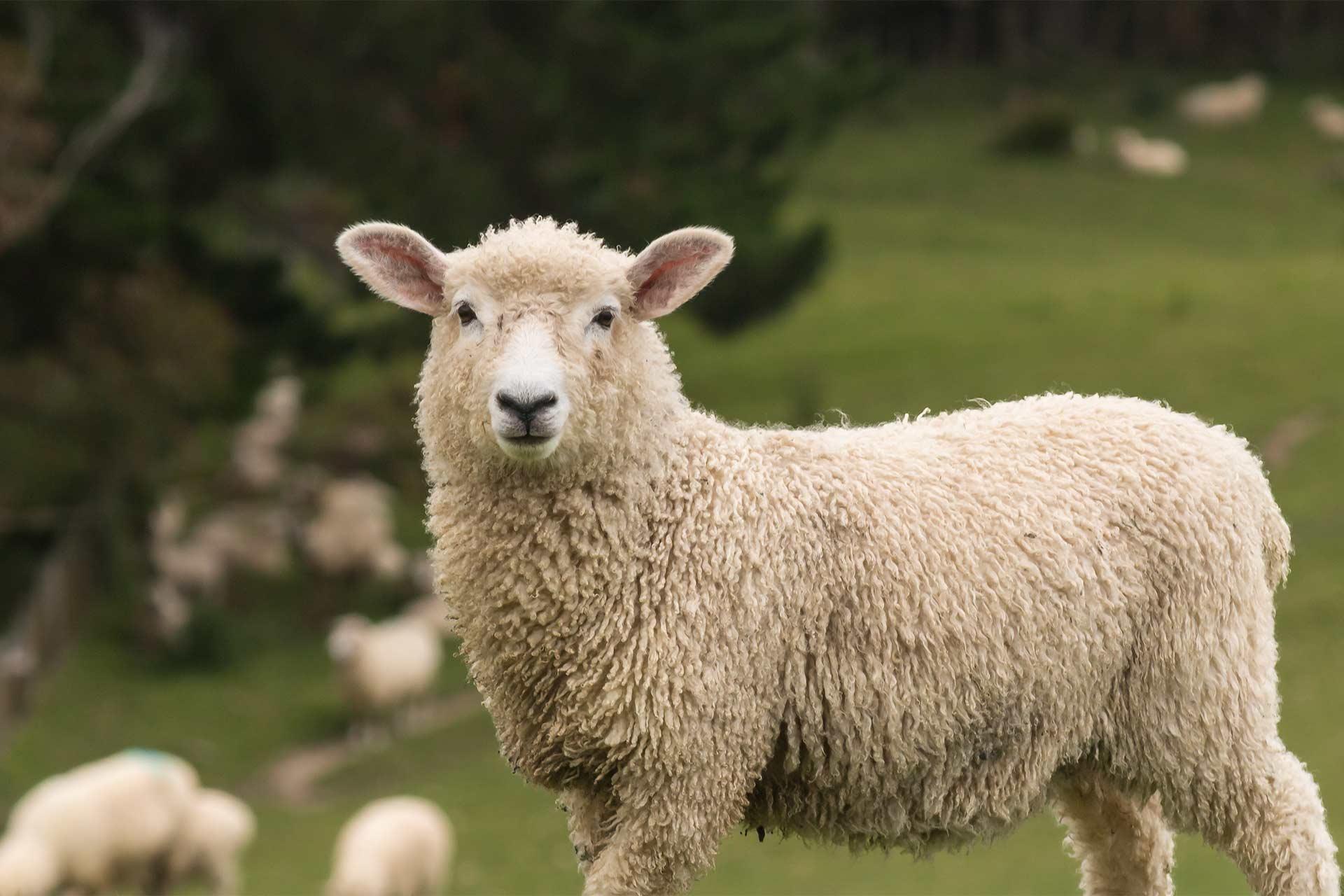Two scientists from The Pirbright Institute have been awarded the Journal of General Virology - Most Promising Science prize for their poster presentations at this year’s Microbiology Society Annual Conference. Their achievements are testament to the incredibly important research that our scientists conduct to reduce the impact of diseases that affect animals and humans. Here, we explore the research described in their posters.

Dr Kerry Newbrook
Poster title: Virus damage or host response? Elucidating mechanisms of pathogenesis in bluetongue virus-infected sheep
Kerry Newbrook’s research, conducted in the Orbivirus Research group, explores the role that different immune cells play during bluetongue virus (BTV) infection in sheep. BTV causes a severe haemorrhagic disease that affects ruminants such as sheep, cattle, goats and deer and is spread between animals by Culicoides biting midges. The increasing occurrence of bluetongue virus outbreaks across Northern Europe in recent years pose a significant threat to livestock industries worldwide.
There are over 28 known types of BTV (known as serotypes), however current vaccines that target one serotype do not provide protection against others. To develop improved vaccines and therapeutics, scientists need to gain a better understanding of the sheep immune responses to BTV. To do this, the team used a natural disease model incorporating the vector (midges), virus (BTV) and host (sheep) for the first time to study the influence and potential role of specific immune cells in clinical disease, BTV dynamics, immune responses and viral transmission.

Their research found that specific types of immune cells, T cells, appeared to impact the severity of disease and specific antibody responses in sheep, but not the level of virus in the blood or the ability for midges to pick up the virus from infected sheep. This provides vital information about the role of T cells during BTV infection that the team will be further investigating.
Dr Newbrook said: “This research provides new insights into the potential roles of individual T cell subsets in the development and progression of BTV infection in sheep. Whilst it appears viral damage and host responses may both have a role in the observed disease progression, T cells certainly influence sheep antibody and cytokine responses and this is something we are currently investigating further.”
Nazia Thakur
Poster title: SARS-CoV-2 Spike has broad tropism for mammalian ACE2 proteins yet exhibits a distinct pattern of receptor usage when compared to other beta-coronavirus spike proteins
Nazia Thakur is a PhD student in the Viral Glycoproteins group, who’s research rapidly changed direction in 2020 to aid the COVID-19 pandemic research effort. Her poster covers studies that revealed important information about severe acute respiratory syndrome virus 2 (SARS-CoV-2), the virus that causes COVID-19. As well as being awarded the Journal of General Virology Most Promising Science Poster, Nazia also received runner up for the People's Choice Poster Prize, which identifies the three most popular posters presented during the conference.
This vital research identified key mutations in SARS-CoV-2 that may have been responsible for its adaptation from bats to humans. These mutations were similar to those made by the coronavirus that caused the Severe Acute Respiratory Syndrome (SARS) epidemic in 2003 when it adapted from bats to humans. Uncovering the common traits that allow viruses to jump between animals and people helps us to identify potential reservoirs of disease and forewarn us of future threats.

The research also uncovered that out of 22 animal species, SARS-CoV-2 is able to enter the cells of dogs, cats and cattle most efficiently. These results allow scientists to prioritise research that investigates the ability of susceptible animals to transmit the disease and if they have the potential to act as reservoirs for COVID-19. It also identifies animals that could provide good experimental models for understanding the disease, such as hamsters and ferrets.
Ms Thakur said: “The annual Microbiology Society conference is always such an encouraging platform to showcase the plethora of research from scientists at different stages of their career, so as a PhD student it’s very rewarding to be recognised for the research I’ve been involved in, especially for COVID-19.”
